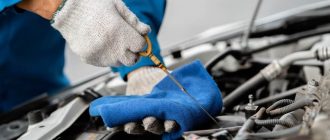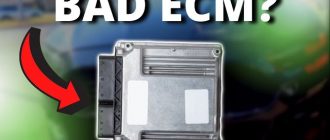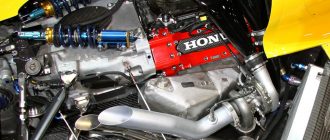## How Does a Supercharger Work on a Car Engine?
A supercharger is a device that increases the power output of an engine by compressing the air that is drawn into the cylinders. This compressed air contains more oxygen, which allows the engine to burn more fuel and produce more power.
Superchargers are typically driven by a belt or gear that is connected to the engine’s crankshaft. As the crankshaft turns, it spins the supercharger, which in turn compresses the air that is drawn into the engine.
The amount of boost that a supercharger produces is determined by the size of the supercharger and the speed at which it is spinning. A larger supercharger will produce more boost, and a supercharger that is spinning faster will also produce more boost.
There are two main types of superchargers: centrifugal superchargers and positive displacement superchargers.
Centrifugal Superchargers
Centrifugal superchargers use a spinning impeller to compress the air. The impeller is mounted on a shaft that is connected to the engine’s crankshaft. As the crankshaft turns, it spins the impeller, which in turn draws air into the supercharger. The impeller then compresses the air and forces it into the engine’s cylinders.
Centrifugal superchargers are relatively simple and inexpensive to manufacture. They are also very efficient, and they can produce a lot of boost. However, centrifugal superchargers can be noisy, and they can cause a loss of low-end torque.
Positive Displacement Superchargers
Positive displacement superchargers use a set of lobes to compress the air. The lobes are mounted on a rotor that is connected to the engine’s crankshaft. As the crankshaft turns, it spins the rotor, which in turn causes the lobes to mesh with each other. This meshing action compresses the air and forces it into the engine’s cylinders.
Positive displacement superchargers are more complex and expensive to manufacture than centrifugal superchargers. They are also less efficient, and they can produce less boost. However, positive displacement superchargers are quieter than centrifugal superchargers, and they do not cause a loss of low-end torque.
Benefits of Using a Supercharger
There are several benefits to using a supercharger on a car engine. These benefits include:
* Increased power output
* Improved fuel economy
* Reduced emissions
* Increased torque
Drawbacks of Using a Supercharger
There are also some drawbacks to using a supercharger on a car engine. These drawbacks include:
* Increased cost
* Increased complexity
* Increased weight
* Reduced reliability
Conclusion
Superchargers are a great way to increase the power output of a car engine. However, it is important to weigh the benefits and drawbacks of using a supercharger before making a decision.




